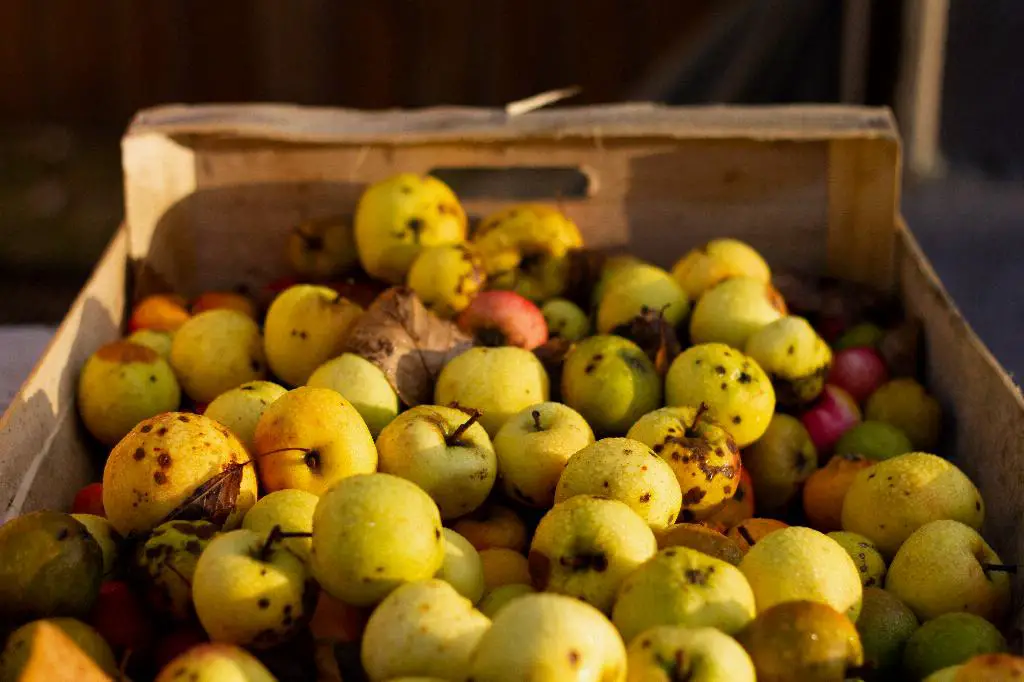So, you’ve successfully made your own fire cider and now you’re wondering how to store it after fermentation. Well, fear not! In this article, we will guide you through the process of storing fire cider to ensure its freshness and potency for longer periods. Let’s dive right in!
1. The Initial Fermentation Process
Before we delve into storage techniques, it’s essential to understand the initial fermentation process. After preparing your fire cider recipe, you’ll let the mixture sit at room temperature for about 24 hours. This allows the flavors to meld together and gives time for the beneficial properties to develop.
2. Refrigeration is Key
Once the initial fermentation process is complete, it’s time to store your fire cider in the refrigerator. This step is crucial in maintaining its freshness and preventing spoilage. By placing it in the fridge, you create an environment that inhibits the growth of harmful bacteria and preserves the flavors and medicinal properties.
3. Aging for Optimal Flavor
Although you can start using your fire cider immediately after refrigeration, allowing it to age for about four weeks before consumption can enhance its flavor. During this time, the different ingredients intertwine, resulting in a more harmonious and robust taste. It’s like a fine wine that gets better with time!
4. Straining the Liquid
If you notice sediment or particles floating in your fire cider after fermentation, don’t worry! This is perfectly normal and can easily be addressed. When you’re ready to store the fire cider, strain off the liquid using a cheesecloth or fine-mesh strainer. This will help remove any solids, leaving you with a clearer and more refined product.
5. Choosing the Right Storage Container
In order to maximize the shelf life of your fire cider, it’s crucial to select the right storage container. Opt for glass jars with airtight lids to ensure that no air or contaminants can enter. Glass is also non-reactive, which means it won’t affect the flavor or quality of the cider over time. Avoid using plastic containers, as they can absorb odors and potentially leach toxins into the liquid.
6. Size Matters
Consider the amount of fire cider you anticipate using within a reasonable time frame. It’s better to store smaller portions in separate jars rather than constantly opening and closing a large container. This helps minimize oxidation and maintain the cider’s freshness.
7. Labeling and Dating
Keeping track of when you made your fire cider is important, especially if you plan to age it for an extended period. By labeling the container with the date of preparation, you can easily identify the freshness and know when to use it or discard it if necessary. Sharpie markers or label stickers work well for this purpose.
8. Store it Vertically
For longer-term storage, it’s advisable to store your fire cider vertically rather than horizontally. This prevents any potential leakage or air exposure around the edges of the lid, keeping the cider fresh and reducing the risk of spoilage.
9. Keep it Cool and Dry
To maintain the flavor and potency of your fire cider, store it in a cool and dry place within your refrigerator. Avoid placing it near the door, as temperature fluctuations can occur when opened frequently. Instead, designate a specific spot on a shelf where it can remain undisturbed.
10. Shake Before Use
Before using your fire cider, give the jar a good shake. This helps distribute any settled ingredients and ensures that you’re getting a well-mixed and consistent flavor profile with each serving.
11. Check for Signs of Spoilage
Although properly stored fire cider can last indefinitely, it’s always a good idea to check for signs of spoilage before consuming. If you notice any mold growth, an unusual odor, or a significant change in taste, it’s best to err on the side of caution and discard the batch.

12. Experimentation and Enjoyment
Remember, there’s no one-size-fits-all approach to storing fire cider. Feel free to experiment and find the storage method that works best for you. The most important thing is to enjoy the unique flavors and health benefits that this wonderful tonic has to offer!
